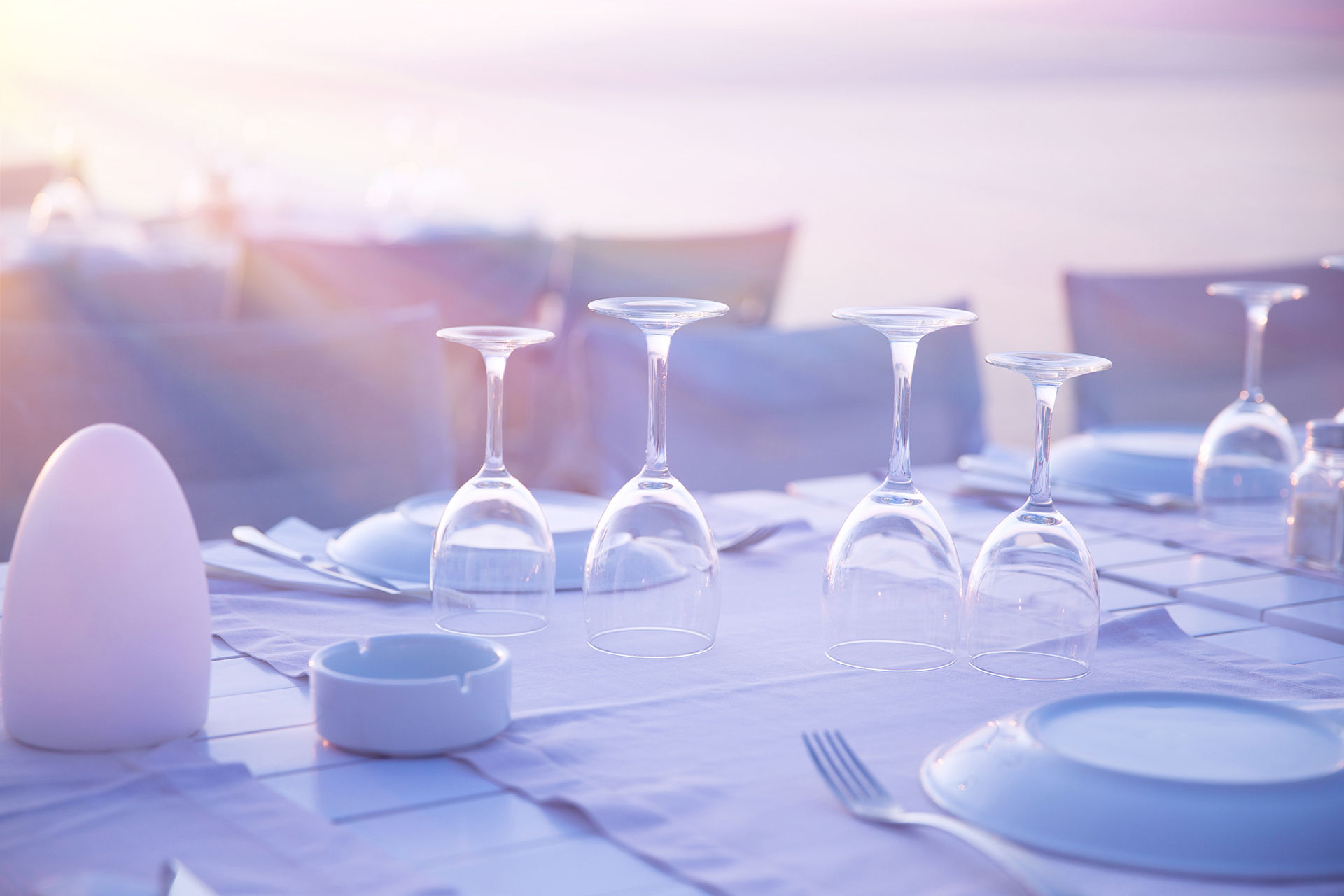How to Use Tarpaulins to Prevent Sun Damage
- Bradley Tomlinson

- Sep 12, 2025
- 4 min read
The sun provides warmth and power, but its powerful rays can also do damage. Everything outdoors, since they were purchased brand-new vehicles, outdoor furniture, and stored goods typically loses its sheen and its structural integrity when left sitting in direct sunlight for long hours. Fade, become brittle, lose heat internally, etc. One straightforward and great economical way to eliminate the damaging sun rays is to use a Tarpaulin to block the rays. Think of the tarpaulin as a roof, keeping items cool and protected from the rays of sunlight.
Why Do Items Become Sun Damaged?
Sunlight includes ultraviolet rays (UV rays) that are extremely powerful. UV rays can break down paint, plastic, wood, and even some types of fabrics. Paint on cars parked in hot sunlight fades over time, and plastic seats or dashboards may eventually become cracked or dull due to the drying and loss of protective coatings. Outdoor wooden furniture may lose its original color and a suitable finish while developing a rough surface. Other outdoor items, such as tools, bicycles, garden tools, etc., will weaken, and all are due because they were unprotected from the sun. Managing sun damage is easier than fixing foiled or failed products and items. So the logic is to use a tarpaulin.
What Makes Tarpaulins Useful Against Sunlight
A tarp is purposely made to block light and heat. Most tarps are made of plastic, canvas, or covered fabric that does not allow UV rays to penetrate. Some tarps are even treated with layers that will reflect sunlight. When you cover items with a tarp, you diminish the direct effect of the sun. With less direct sunlight hitting the surface of the item you are covering, two things are accomplished. First, you keep your surface from fading from too much sunlight. Second, you lower the heat of the inside items you covered with a tarp. Unlike sheds or other permanent cover systems, tarps are lightweight and portable, and you can use them anywhere.
Using Tarps on Vehicles
Cars and bikes are subject to the most sun damage when left outside. Covering them with a tarp will protect the paint, mirror, and glass from the burning rays of the sun. The inside of the car will remain far cooler, and thus, more pleasant and comfortable to use when you return. Start covering your bike with a tarp to keep the seat, tank, and handles from cooking in the sun. A smaller tarp will work as well. You will be most effective if you always allow the car to cool off some before you place the tarp over top. You should also tie the tarp to the vehicle to hold things in place during wind events.
Protecting Outdoor Furniture
People often have chairs, tables, and swings in their gardens or balconies. These not only help add life to the space but will also help it survive in the heat. Wood will lose its polish, metal items will heat up, and cushions will fade. A simple way to protect any furniture or other item is to drape a tarpaulin over it. You can tie the Transparent Tarpaulin over a frame to give you 'shade' or leave the tarp in place when you're done with the items. This reduces the cost of any repairs and extends the life of the furniture.
Protecting Household and Garden Items
Many items, apart from vehicles and furniture, need protection from the sun. Small items like bicycles, children's toys, storage boxes, and tools—especially garden tools—often stay outside. Covering these items while they're used outside helps stop them from being too hot or from fading. Farmers also use tarpaulins to cover things like harvested crops, animal feed, and equipment to make sure the harsh sun doesn't affect their quality. In houses and farms alike, tarps and lightweight coverings save you from damaging, long-term wear and tear on your valuable items.
Choosing and Using the Right Tarpaulin
Not all tarps provide the same level of protection. For protection against sun damage, you want to choose a tarp that is as thick and UV-resistant as possible, and the larger tarp will cover the item completely. Light-colored tarps generally reflect more sunlight than darker ones, which will help keep the covered area cooler. When putting a tarp over an item, it’s best to lay the tarp out flat so there are no areas of the object that are left unprotected. It’s wise to tie it down with ropes or hooks to keep it from being blown away. And, when finished, the best practice is to fold it and store the tarp clean and dry to prolong use.
Conclusion
Sun damage is invisible, yet it can be destructive. It fades colors, weakens structure, and reduces the life cycle of valuables. Using a Clear Tarpaulin is an effective preventative method to combat these issues. Whether it be a car, bicycle, outdoor furniture, or a tool, a tarp is an easy way to create a barrier from the predatory sun. Tarping is economical, durable, and reusable; tarps are some of the best ways to protect your property from harsh sunlight. Now, with the right tarp and proper habits, you can enjoy sunny days without worrying about sun damage.









Comments